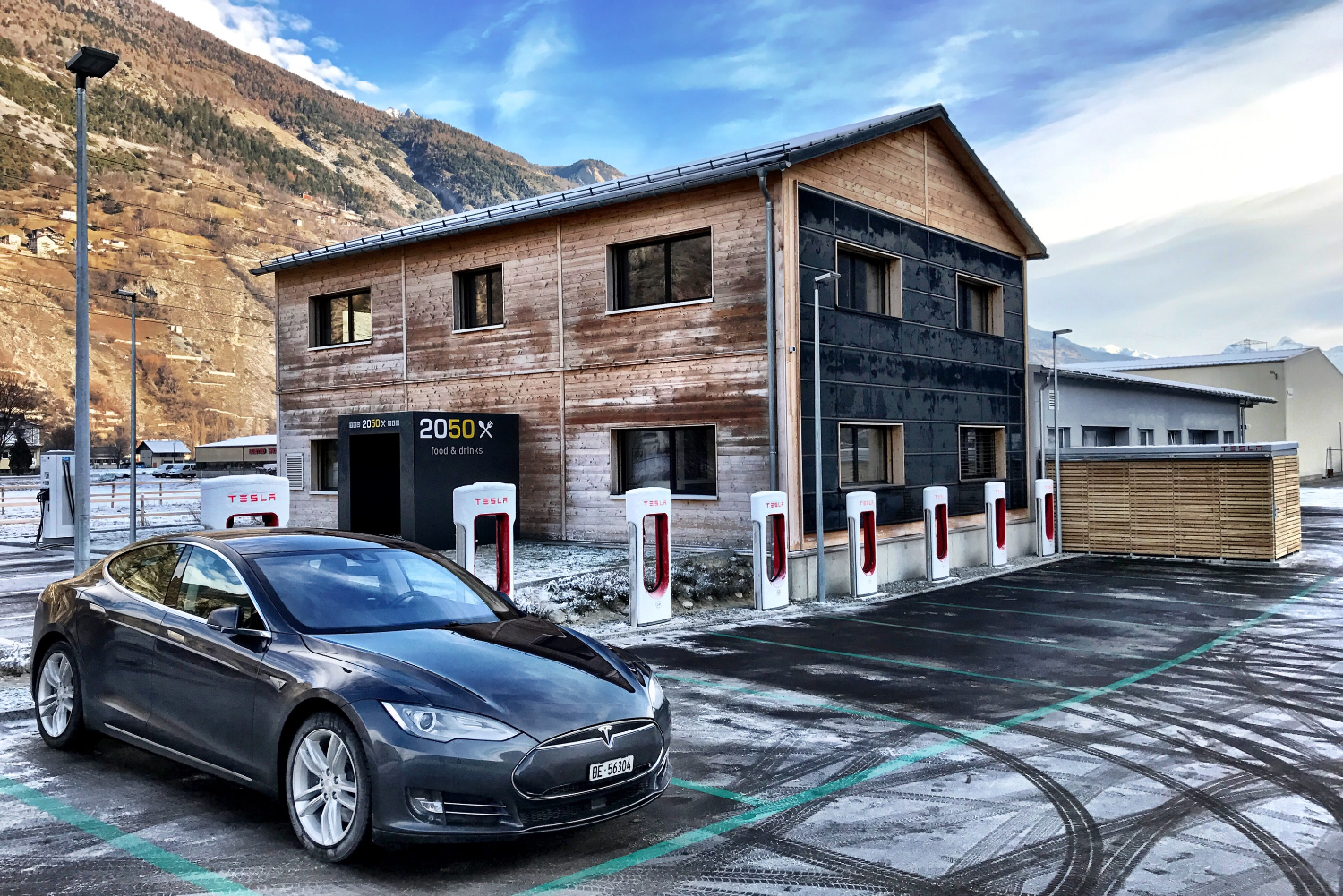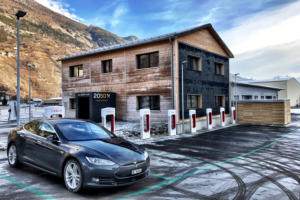今記事から4回にわたってお送りするe Mobility特集。第1回目は、公共の充電インフラに関わる主要プレーヤーと、この分野に関する最近の動向を紹介。
・公衆充電スポット:必要なインフラ整備
・公衆充電 :主要ビジネスモデル
このインサイトについて、さらに詳しく動画で解説しています(11:43)
eMobility: key business models and opportunities
Electric Vehicles (EVs) adoption is accelerating globally, with the number of EVs on the road increasing ten-fold between 2014 and 2020 globally. This growth will continue with post-COVID-19 stimulus packages (e.g. Biden’s package) and regulation (e.g. EU banning ICE vehicles after 2035).
This EV boom has led to significant M&A activities in the e-Mobility sector by electric utilities, oil companies, Electric equipment manufacturers, OEMs and GAFAs as they compete for technologies, capabilities, and charge point locations.
There are significant challenges ahead to cope with this volume of EVs on the road, including charging infrastructure, necessary power generation, grid stability, battery recycling, etc.
In this first part of a four-article series on eMobility, we will introduce key players involved in the public charging infrastructure and recent trends in this area. In future posts, we will deep dive into private charging, energy management, and present expected developments and opportunities.
Public charging : necessary infrastructure
Charging infrastructure is critical for the mass adoption of EVs by consumers. While early adopters / conscious consumers were primarily recharging their vehicles at home and at scarce but mostly vacant stations, the current public network is undersized to cope with the growing EV sales to come.
Anywhere a car is parked can be an opportunity for charging: home, work, destinations. These charge points targeting primarily commuters provide primarily affordable standard AC chargers as charging speed is not critical for the required range limited.

For longer trips, fast top ups at highway service stations and petrol stations are required. In these cases, speed is critical and expensive DC chargers (Rapid & High) are necessary.
Public charging: Key players

Charge Point Operators (CPOs) and eMobility Service Providers (eMSPs) are the 2 main business models for public charging.
CPOs are B2B providers. They sell, manage, and maintain Charge Points (CPs) for location owners (e.g.hotels, restaurants, corporates, municipalities, etc).
2 major models co-exist regarding asset ownership:
- CPO owns the CP and rents the space of the location owner. This is often the case for DC charging infrastructure on the highway.
- CPO sells the CP to the location owner and charges for its services (installation, maintenance & Software).
Typical CPOs are:
- OEMs (e.g. Tesla, VW / Electrify America, IONITY) providing minimum infrastructure for car owners.
- Oil majors (e.g. NewMotion / Shell,Total EV solutions) who aggressively acquired startups in the last 5 years as a defensive move.
- Electricity retailers (ENEL-X, Iberdrola, PG&E) cross selling their customer base and targeting a new opportunity to sell electricity.
- Independent players with holistic offering (e.g. Charge point). They grew through very strategic location &customer selection, strong engineering, and lean operations.
Some success factors for CPOs:
- Establishing scale by promoting inexpensive AC charging points
- Differentiation in HW pricing by leveraging scale in procurement
- Optimizing cost through partnerships(e.g. local electricians) and careful geographical expansion / focus.
- Development of highly profitable SaaS
eMSPs areB2C players. They provide end-users (EV-drivers) access to a network of CPs regionally (US),nationwide or even internationally (e.g. EU players).
MSPs are:
- Large CPOs (e.g. Charge point, EVBox,Shell/NewMotion) also eMSPs on their network which they complement through partnerships (e.g. Charge point & EVBox in US/EU).
- Electricity retailers (e.g. Centrica or Octopus in the UK) providing home charging to their existing customer base. Offering which they are now complementing by providing public charging service through partnerships with CPOs or by connecting to roaming platforms[1]
-
- Other notable eMSPs are startups which grew from CP information services (e.g. Charge map) or Smart Charging specialists (e.g. Jedlix or GreenFlux).
[1] Roaming platforms are player providing interoperability and channel switching function across charge point networks (managed by CPOs), enabling eMSPs to provide to their B2C customers access to a broad network of CPs. Key players in the EU are Hubject and Gireve, while due to the dominance of a few players this function is barely existent in the US.
EIS Insight
While eMSPs control the relationship with customers, CPOs play a central role in the ecosystem which will allow them to capture critical location-based data on usage, habits, timing. This data will be instrumental to provide value-added solutions required to stay relevant.
E.g.:
- Optimized charging across fleets
- Dynamic pricing
- Load balancing
- Aggregation & ancillary services
Reference
- Delta EE – “EV Charging at the Crossroads: The Fast, The Curious & The Race for Scale”
- IEA – – Global EV Outlook 2021
- Last Mile Solutions



